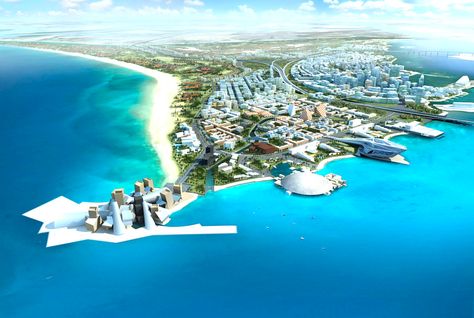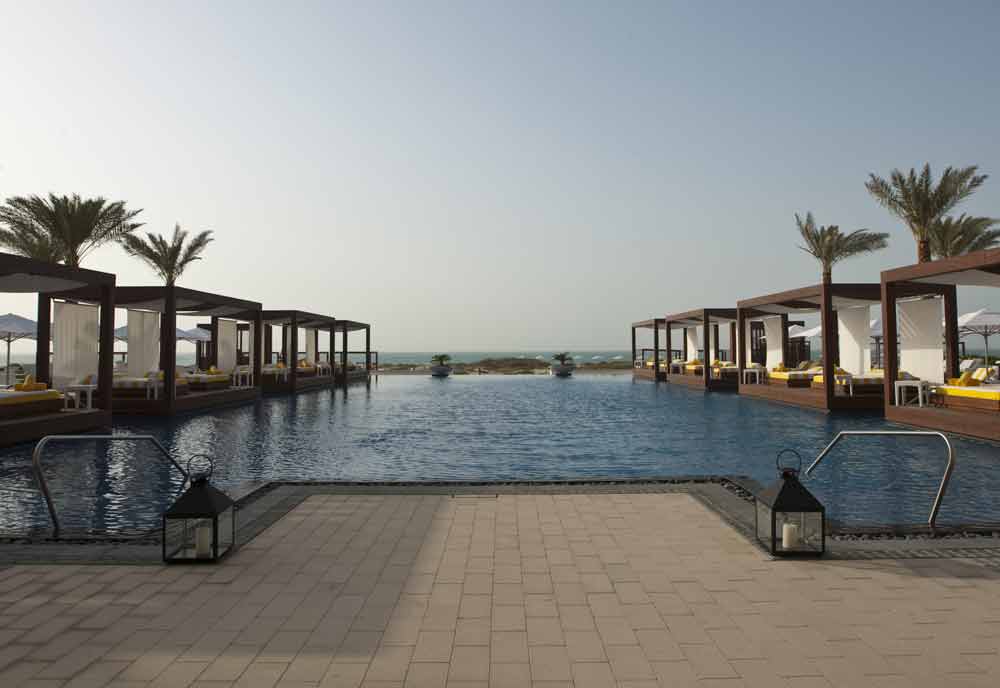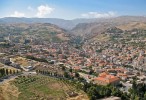Other projects include 24 schools, 14 hospitals, six treatment centers and Abu Dhabi’s Cleveland Clinic. A 700,000 sq m extension of the airport will be completed in the fourth quarter of 2016. The new terminal will handle 27 million passengers a year, according to the statement. Infrastructure spending will include metro and tram systems, two major roads and industrial zones built to focus on petrochemicals, food and auto manufacturing.
“Abu Dhabi is focusing on key sectors, where it has or can create a comparative advantage, such as the presence of significant energy resources and the absence of income taxes,” said Giyas Gokkent, group chief economist at National Bank of Abu Dhabi.
For auto manufacturing, the key will be achieving scale and access to regional markets, since local demand may be too small, he said.
Abu Dhabi’s location helps it serve travellers and shoppers from larger neighbouring markets such as India, Iran and Saudi Arabia. The resumption of hotels and museums construction would eventually pay off, he said.

| Advertisement |
Abu Dhabi has been striving to reduce its dependency on oil revenue by developing homes, hotels, offices and tourist attractions through a combination of state-owned and publicly traded companies that raised funds from investors, international debt markets and buyers prepaying for homes. The sheikhdom and the UAE federal government took a growing share of the financing for the projects after the credit crisis caused lending in the region to dry up.










 Search our database of more than 2,700 industry companies
Search our database of more than 2,700 industry companies









